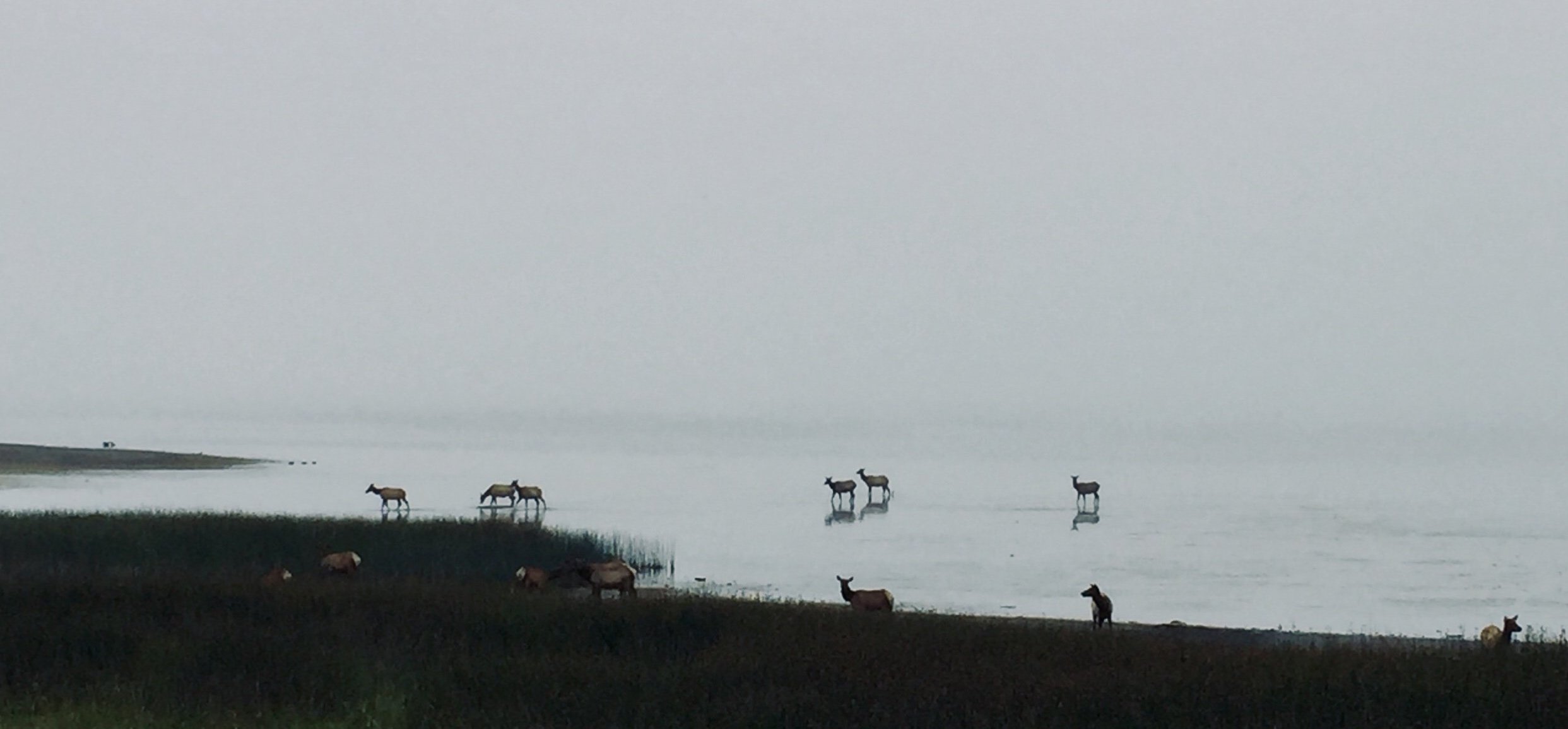John Huston
This file is licensed under the Creative Commons Attribution-Share Alike 4.0 International license.
1906 - 1987
John Marcellus Huston (August 5, 1906 – August 28, 1987) was an American actor, director, screenwriter and visual artist. He traveled widely, settling at various times in France, Mexico, and Ireland. Huston was a citizen of the U.S. by birth but renounced this to become an Irish citizen and resident in 1964. He later returned to the U.S., where he lived the rest of his life.[1] He wrote the screenplays for most of the 37 feature films he directed, many of which are today considered classics: The Maltese Falcon (1941), The Treasure of the Sierra Madre (1948), The Asphalt Jungle (1950), The African Queen (1951), The Misfits (1961), Fat City (1972), The Man Who Would Be King (1975) and Prizzi's Honor(1985).
In his early years, Huston studied and worked as a fine art painter in Paris. He then moved to Mexico and began writing, first plays and short stories, and later working in Los Angeles as a Hollywood screenwriter, and was nominated for several Academy Awards writing for films directed by William Dieterle and Howard Hawks, among others. His directorial debut came with The Maltese Falcon, which despite its small budget became a commercial and critical hit; he would continue to be a successful, if iconoclastic, Hollywood director for the next 45 years. He explored the visual aspects of his films throughout his career, sketching each scene on paper beforehand, then carefully framing his characters during the shooting. While most directors rely on post-production editing to shape their final work, Huston instead created his films while they were being shot, with little editing needed. Some of Huston's films were adaptations of important novels, often depicting a "heroic quest," as in Moby Dick, or The Red Badge of Courage. In many films, different groups of people, while struggling toward a common goal, would become doomed, forming "destructive alliances," giving the films a dramatic and visual tension. Many of his films involved themes such as religion, meaning, truth, freedom, psychology, colonialism, and war.
While he had done some stage acting in his youth and had occasionally cast himself in bit parts in his own films, he primarily worked behind the camera until Otto Preminger cast him in 1963's The Cardinal, for which he was nominated for an Academy Award. He continued to take prominent supporting roles for the next two decades, including 1974's Chinatown (directed by Roman Polanski), and he lent his booming baritone voice as a voice actor and narrator to a number of prominent films. His last two films, 1985's Prizzi's Honor, and 1987's The Dead, filmed while he was in failing health at the end of his life, were both nominated for multiple Academy Awards. He died shortly after completing his last film.
Huston has been referred to as "a titan", "a rebel", and a "renaissance man" in the Hollywood film industry. Author Ian Freer describes him as "cinema's Ernest Hemingway"—a filmmaker who was "never afraid to tackle tough issues head on."[2] During his 46-year career, Huston received 15 Oscar nominations, winning twice. He directed both his father, Walter Huston, and daughter, Anjelica Huston, to Oscar wins.
To producer George Stevens, Jr., Huston symbolized "intellect, charm and physical grace" within the film industry. He adds, "He was the most charismatic of the directors I knew, speaking with a soothing, melodic voice that was often mimicked, but was unique to him."[14]
While driving drunk on Sunset Boulevard on September 25, 1933, Huston struck and killed a pedestrian, a Brazilian dancer named Tosca Roulien, wife of Raul Roulien. The resulting media frenzy forced Huston to retreat temporarily from public performance and instead work as a screenwriter. A subsequent inquest absolved Huston of any blame for the accident. Prior to this accident - also while driving drunk - Huston crashed into a parked car injuring his passenger Zita Johann. Johann suffered head trauma as she was thrown through the windshield. Huston was charged with driving while intoxicated. [35]
Huston loved the outdoors, especially hunting while living in Ireland. Among his life's adventures before becoming a Hollywood filmmaker, he had been an amateur boxer, reporter, short-story writer, portrait artist in Paris, a cavalry rider in Mexico, and a documentary filmmaker during World War II. Besides sports and adventure, he enjoyed hard liquor and relationships with women. Stevens describes him as someone who "lived life to its fullest".[14] Barson even suggests that Huston's "flamboyant life" as a rebel would possibly make for "an even more engaging tale than most of his movies".[15]
His daughter, Anjelica Huston, noted that he did not like Hollywood, and "especially despised Beverly Hills ... he thought it was just fake from the ground up. He didn't like any of that; he was not intrigued or attracted by it." She noted that, in contrast, "he liked to be in the wild places; he liked animals as much as he liked people."[10]: 20
He was an accomplished painter who wrote in his autobiography, "Nothing has played a more important role in my life". As a young man, he studied at the Smith School of Art in Los Angeles but dropped out within a few months. He later studied at the Art Students League of New York. He painted throughout his life and had studios in each of his homes. He had owned a wide collection of art, including a notable collection of Pre-Columbian art.[41]
A heavy smoker, Huston was diagnosed with emphysema in 1978. By the last year of his life he could not breathe for more than twenty minutes without needing oxygen.[42] He died on August 28, 1987, in his rented home in Middletown, Rhode Island, from pneumonia as a complication of lung disease, three weeks after his 81st birthday.[43][44] Huston is interred in the Hollywood Forever Cemetery in Hollywood with his mother.
Become A Donor Or Advertiser



